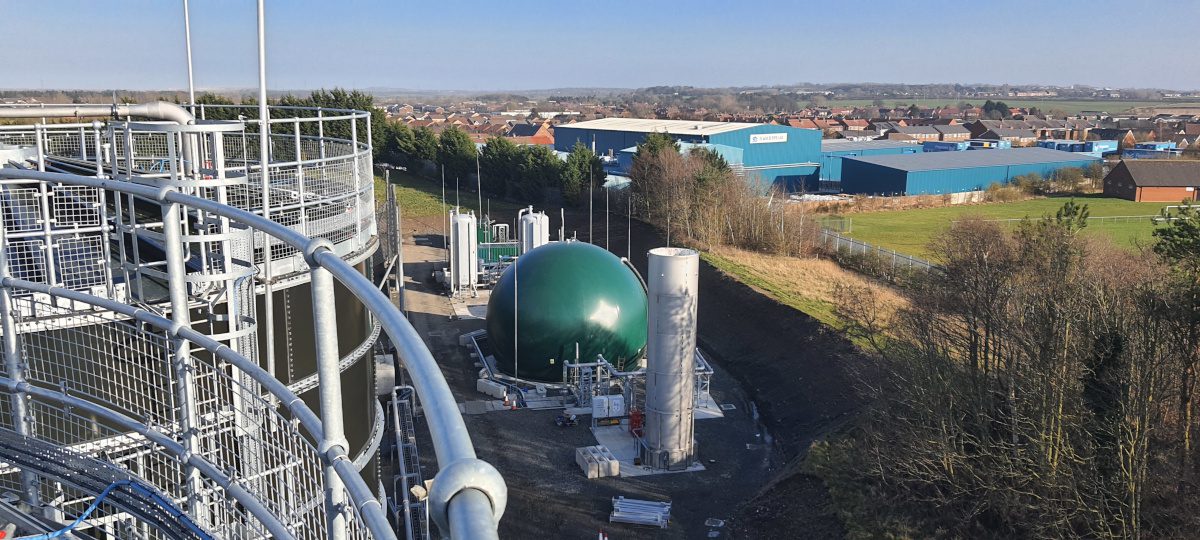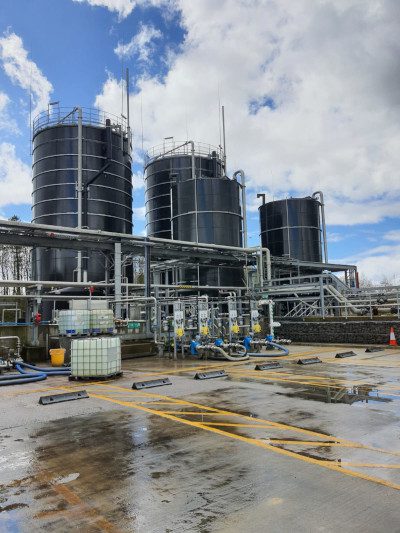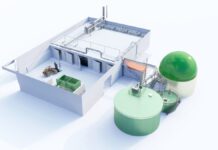
In an apparent first of its kind within the UK, a pharmaceutical manufacturing site in Northumberland has been equipped with an anaerobic digestion (AD) plant to recycle waste solvents into low carbon gas, which is being injected into the national gas grid.
Decarbonisation and energy efficiency specialist Synergie Environ has undertaken the installation and commissioning of the AD plant, at the facilities of pharmaceuticals company Sterling Pharma Solutions.
This is the first time in the UK that waste solvent feedstocks have been used in an AD plant to produce low carbon gas. The plant takes waste and converts it into a value income, providing low carbon energy, with the added benefit of providing greater energy resilience.

As part of the proof of concept, Synergie managed the build of a pilot plant which proved the yield from the feedstock, underpinning both the technology selection and the business case, therefore allowing the build and construction of the new plant to take place.
The new plant, which supports the site’s existing waste treatment facility, will offset greenhouse gas emissions by nearly 6,500 tonnes of carbon dioxide equivalent per year. It will also produce enough energy to power an equivalent of 6,000 homes. It will not only treat Sterling’s own manufacturing waste, but is open to other companies from across the UK to enable them to benefit from more sustainable waste treatment services.
Synergie, part of the PD&MS Group, managed the full project over the four-year period from feasibility, through construction to commissioning, working in partnership with Sterling. This included supporting the business case for the plant and identifying the correct technology and feedstock that would allow the waste solvents to be suitably converted to low carbon energy through an AD process.
John Mullen, Managing Director for Synergie, said: “Traditionally AD has been used in the farming, food and drink industries to allow waste products to be converted into energy. This meant that we had to take an innovative approach to current AD technology to allow it to work with the more complex waste stream. This is something we’ve done with other types of industrial waste and therefore had the expertise in-house to be able to support.”
Sterling said the plant provides a significant step forward in its goal to reduce the site’s carbon emissions by 50% by 2025, to support its ultimate goal of carbon neutrality.








